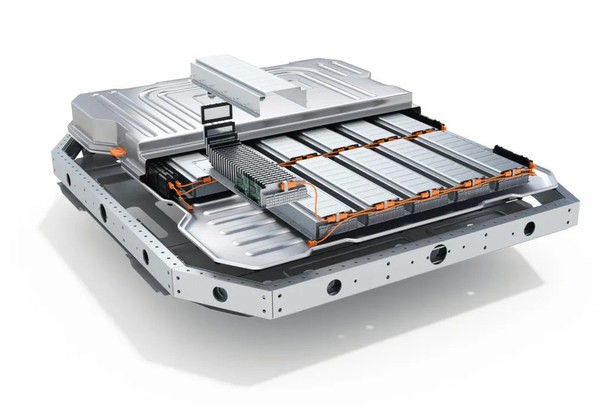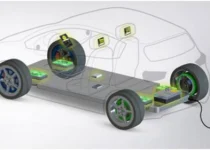How are electric vehicle batteries recycled or repurposed?

Recycling and repurposing electric vehicle (EV) batteries are important steps in managing their end-of-life and reducing the environmental impact associated with their production and disposal. Here are some common methods for recycling and repurposing EV batteries:
- Second-life applications: When an EV battery’s capacity and performance have degraded to a point where it is no longer suitable for use in a vehicle, it may still have a significant amount of useful life remaining. These batteries can be repurposed for less demanding applications, such as stationary energy storage systems for homes, businesses, or grid-scale energy storage. This extends the battery’s lifespan and helps delay the need for recycling or disposal.
- Disassembly and component recycling: During the recycling process, EV batteries are typically disassembled to separate their various components, such as the battery cells, modules, and casings. This allows for the recovery of valuable materials like lithium, cobalt, nickel, and aluminum, which can be used to produce new batteries or other products.
- Mechanical processing: After disassembly, the battery cells and modules may undergo mechanical processing, such as shredding or crushing, to further separate the materials. This can facilitate the recovery of metals, plastics, and other materials from the battery.
- Hydrometallurgical processing: In this process, the battery components are treated with chemicals, typically acids, to dissolve the metals and separate them from other materials. This allows for the extraction and recovery of valuable metals like lithium, cobalt, and nickel, which can then be refined and used to produce new batteries or other products.
- Pyrometallurgical processing: This method involves heating battery components at high temperatures to separate and recover valuable metals. The process typically involves melting the battery components in a furnace and then extracting the metals through various stages of refining. This method can be less selective in recovering specific metals compared to hydrometallurgical processing but can still be useful for recovering valuable materials.
- Direct recycling: This is an emerging method that aims to recover battery materials in a more direct and efficient manner. Direct recycling focuses on recovering cathode materials, such as lithium, cobalt, and nickel, while maintaining their structure and composition. This can potentially reduce the energy and resource requirements for recycling and minimize the need for new resource extraction.
As recycling technology and infrastructure continue to develop, the efficiency and effectiveness of electric vehicle battery recycling and repurposing processes are expected to improve. This will help minimize the environmental impact of battery production and disposal, and contribute to a more sustainable circular economy for battery materials.


